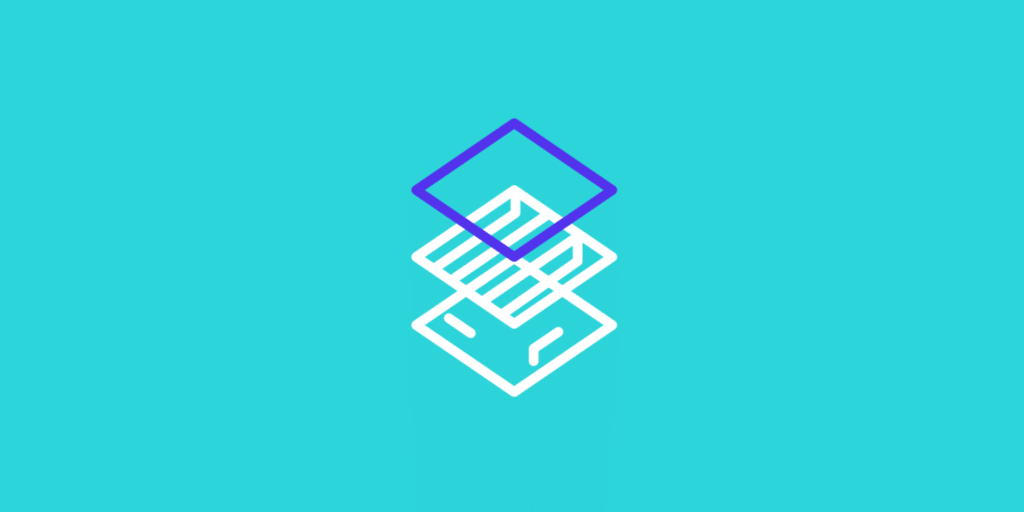Kinsta offers easy one-click installs of WordPress, but there might be times when you need to manually install WordPress. A common scenario we see is if you have already created a new WordPress install at Kinsta, but with the option not to install WordPress. This leaves you with an empty site. Follow the steps below to manually install WordPress. It’s easier than you think!
Note: If you have any empty site at Kinsta and don’t need anything from it (configuration), a faster way to get up and going is to simply delete the site and re-create it using the easy WordPress install option in MyKinsta. Otherwise, you can proceed with the steps below.
How to Manually Install WordPress
For this tutorial, we’ll assume you already have an empty site created in the MyKinsta dashboard.
Step 1
The first thing you’ll need to do is download the latest version of WordPress over at WordPress.org. This includes all the installation files.
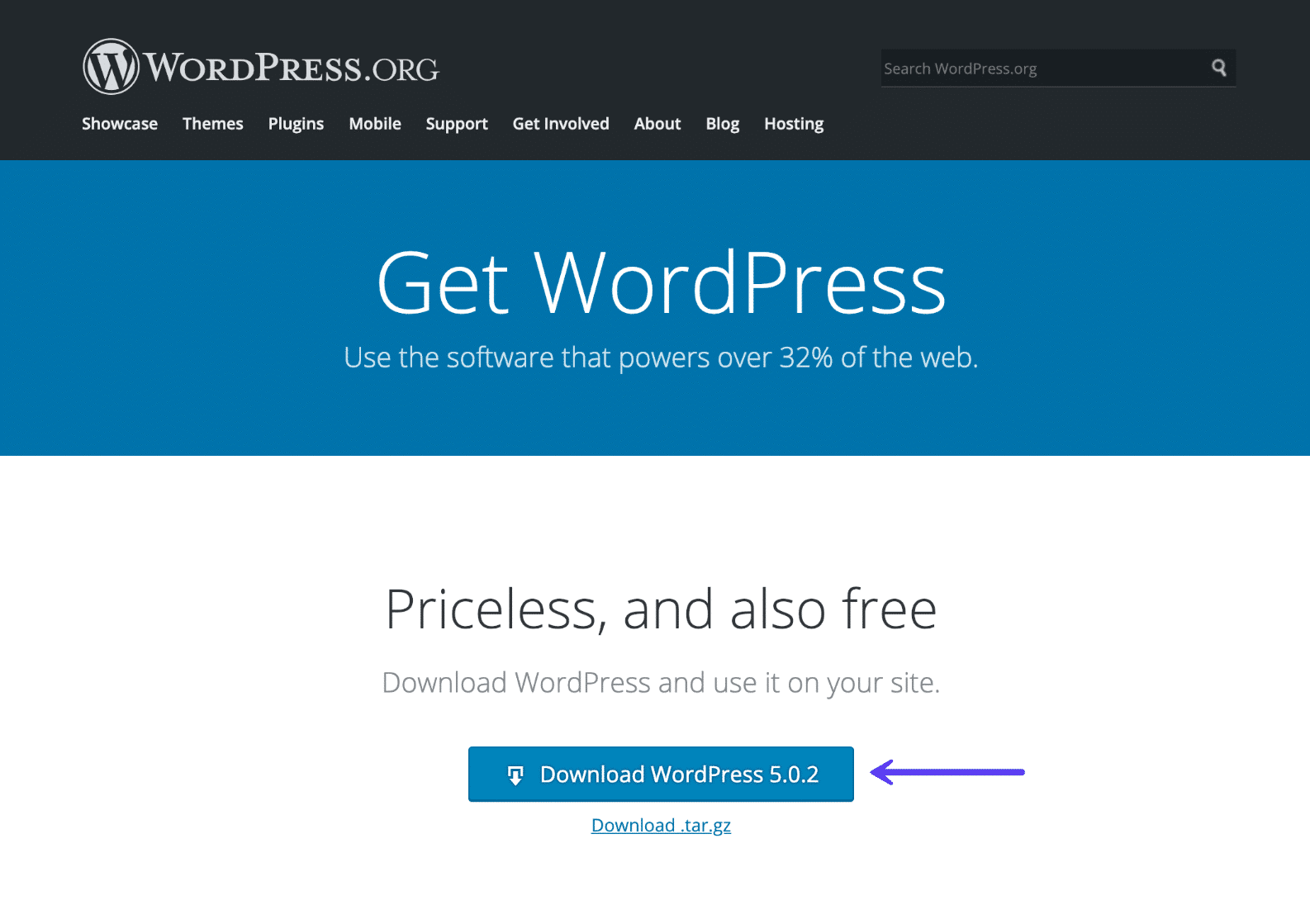
Step 2
Once the download finishes, extract the full contents of the .zip file to your computer.
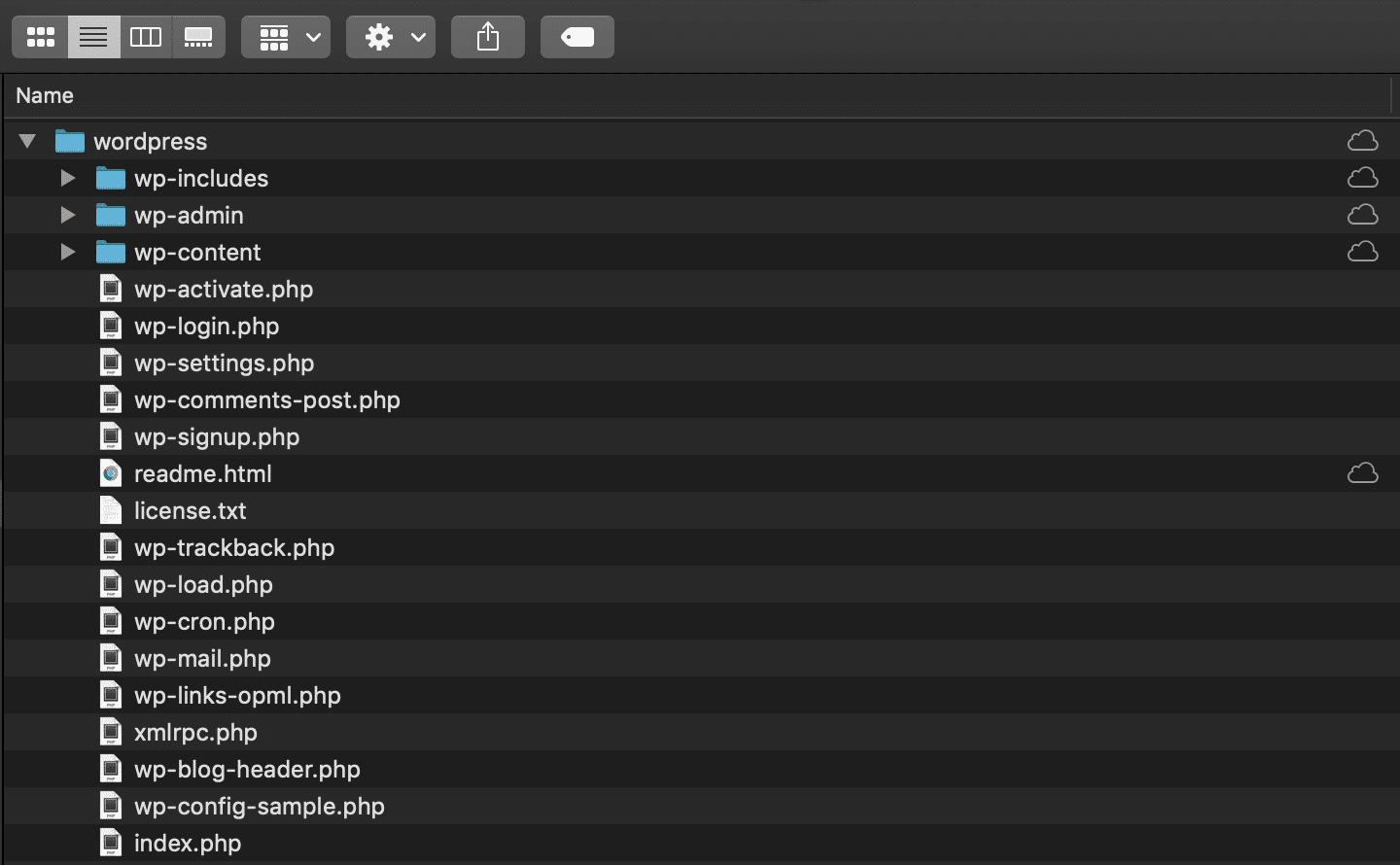
Step 3
Rename the wp-config-sample.php file to wp-config.php and open the file to edit the MySQL settings.
Update the DB_NAME, DB_USER, and DB_PASSWORD values. You can get these from your site’s Info screen in the MyKinsta dashboard. At Kinsta the DB_HOST value can remain as localhost.
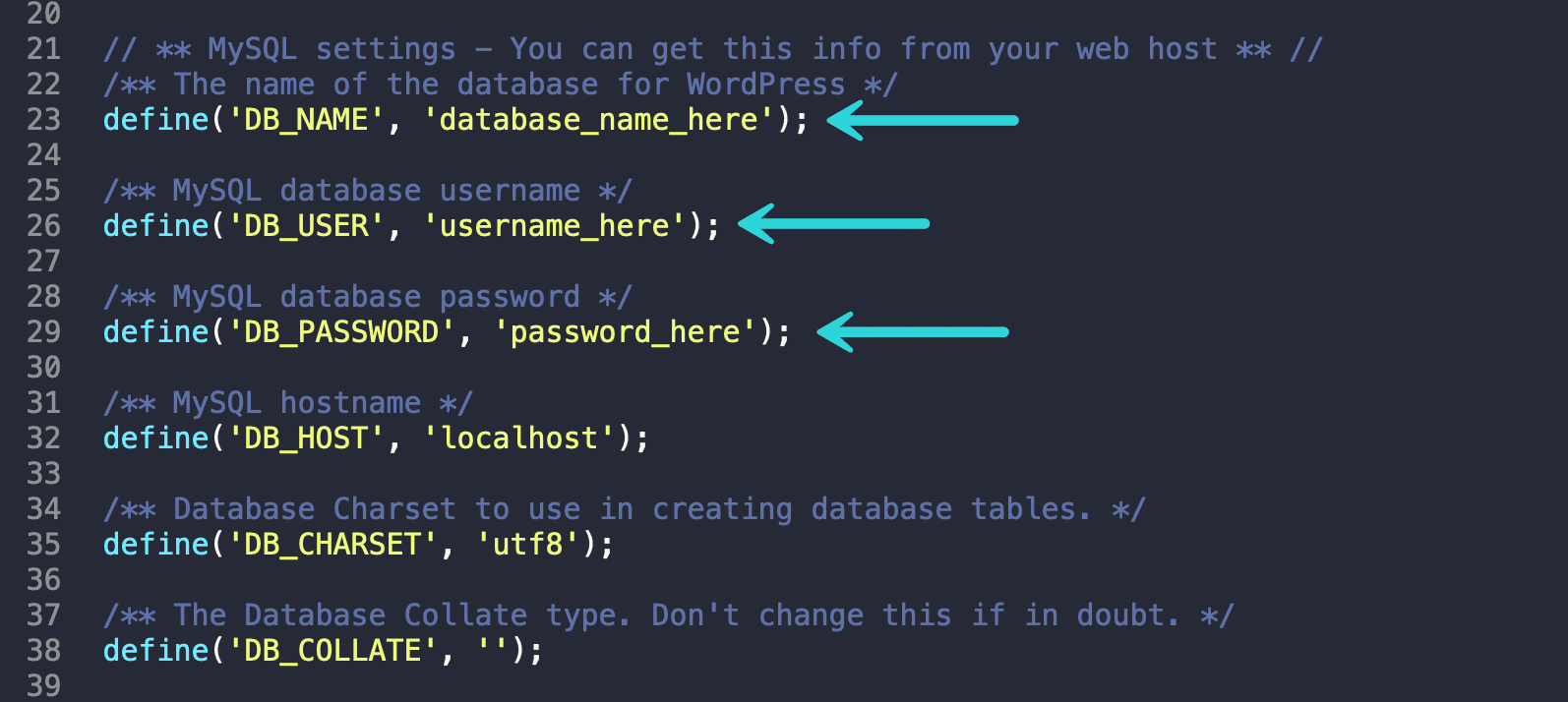
Step 4
For security, we recommend generating unique WordPress security keys. These security keys are a set of random variables that improve encryption of information stored in the user’s cookies. You can generate these using the WordPress.org secret-key tool.

Step 5
Now that your wp-config.php file is updated, it’s time to upload your WordPress installation files to the server. So you need to connect via SFTP to your empty Kinsta site.
Then upload the contents of the “wordpress” folder on your local computer into the /www/sitename/public folder. Note: you can delete the readme.html file in the root of the folder as this isn’t needed. Depending on the speed of your connection the transfer of files will take a few minutes.
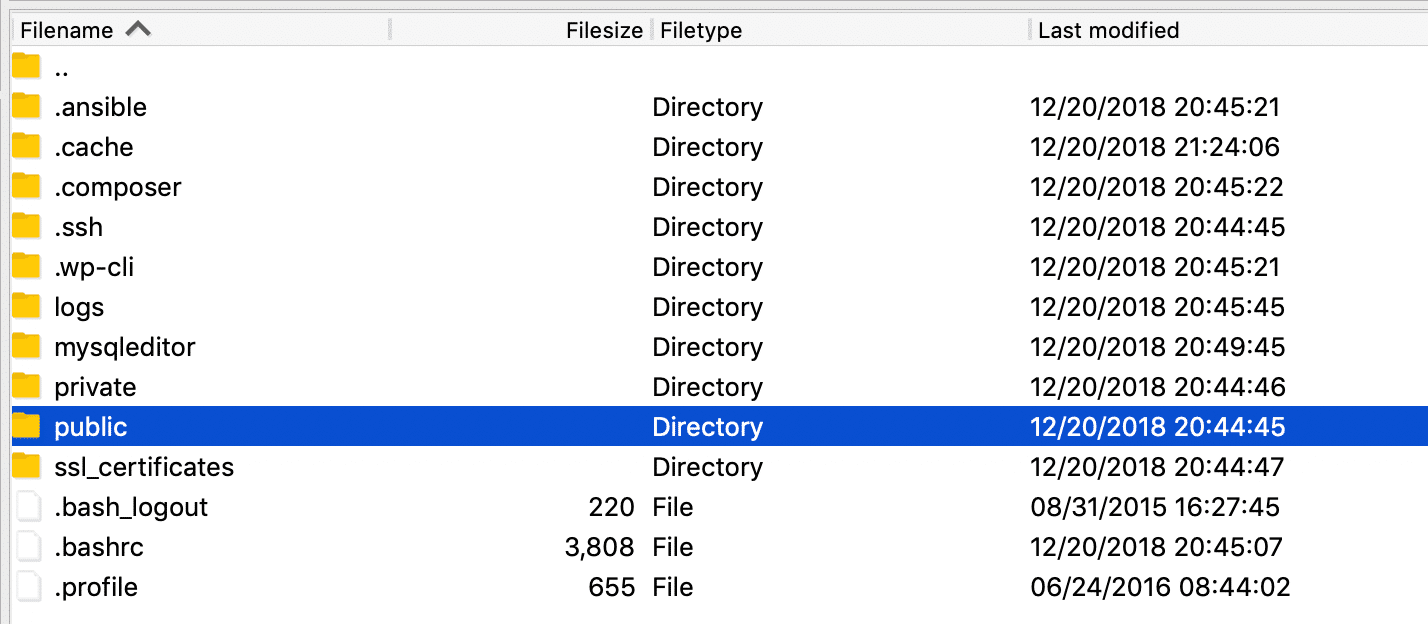
Step 6
Now you can browse to your empty site to install WordPress. In this case, we will use the Kinsta temporary URL (https://yoursite.kinsta.cloud).
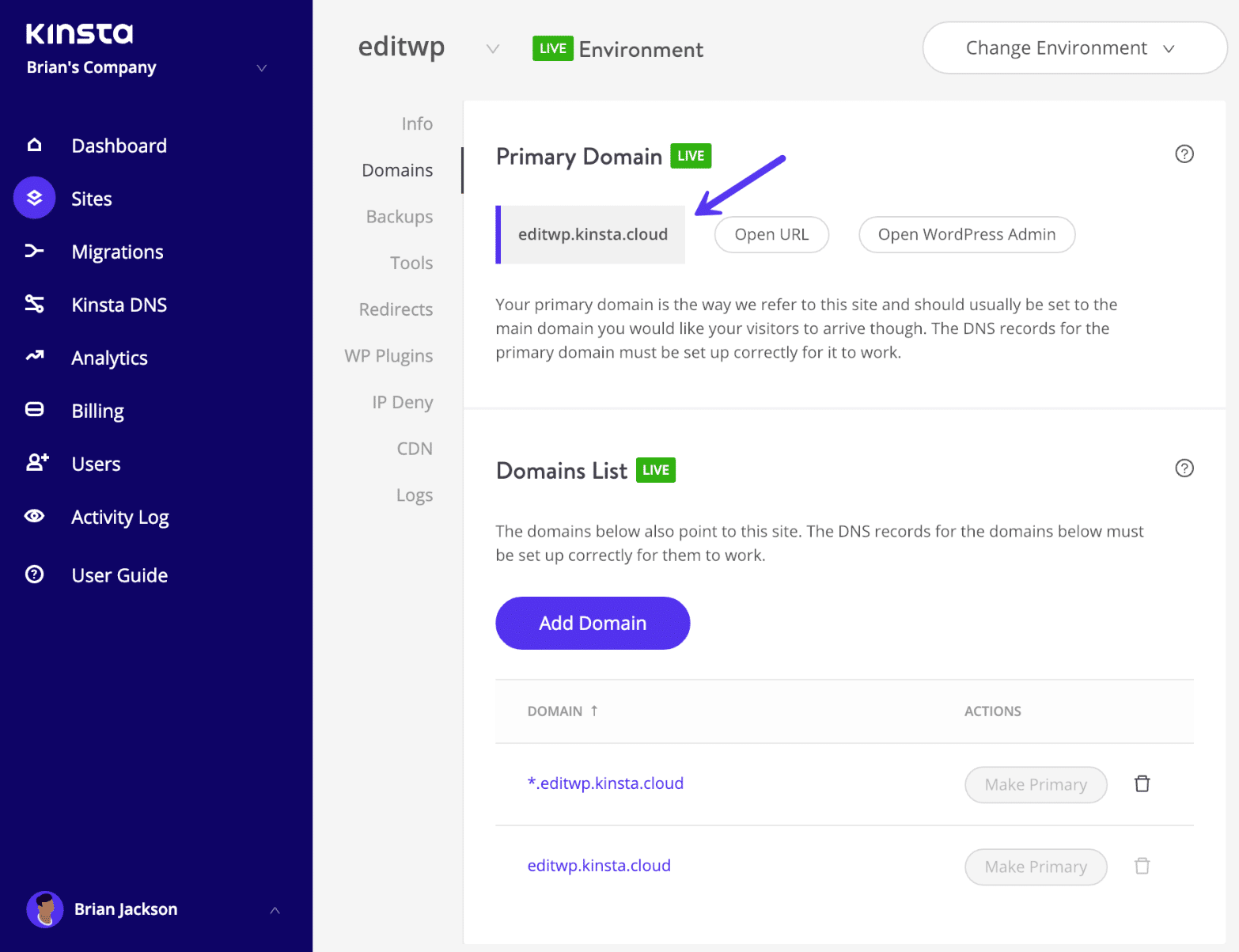
Already Using Custom Domain
If you used the custom domain option when creating a new site, you can use your custom domain. Just make sure you have added your domain.
If you haven’t pointed your DNS yet, you can do that first. Otherwise, you could install WordPress without pointing DNS by editing your hosts file.
Otherwise, you can proceed with the temporary URL for now and change to a custom domain later.
Step 7
When you first visit your site you will see the WordPress installer and will need to choose the language you want for your WordPress dashboard. Then click “Continue.”
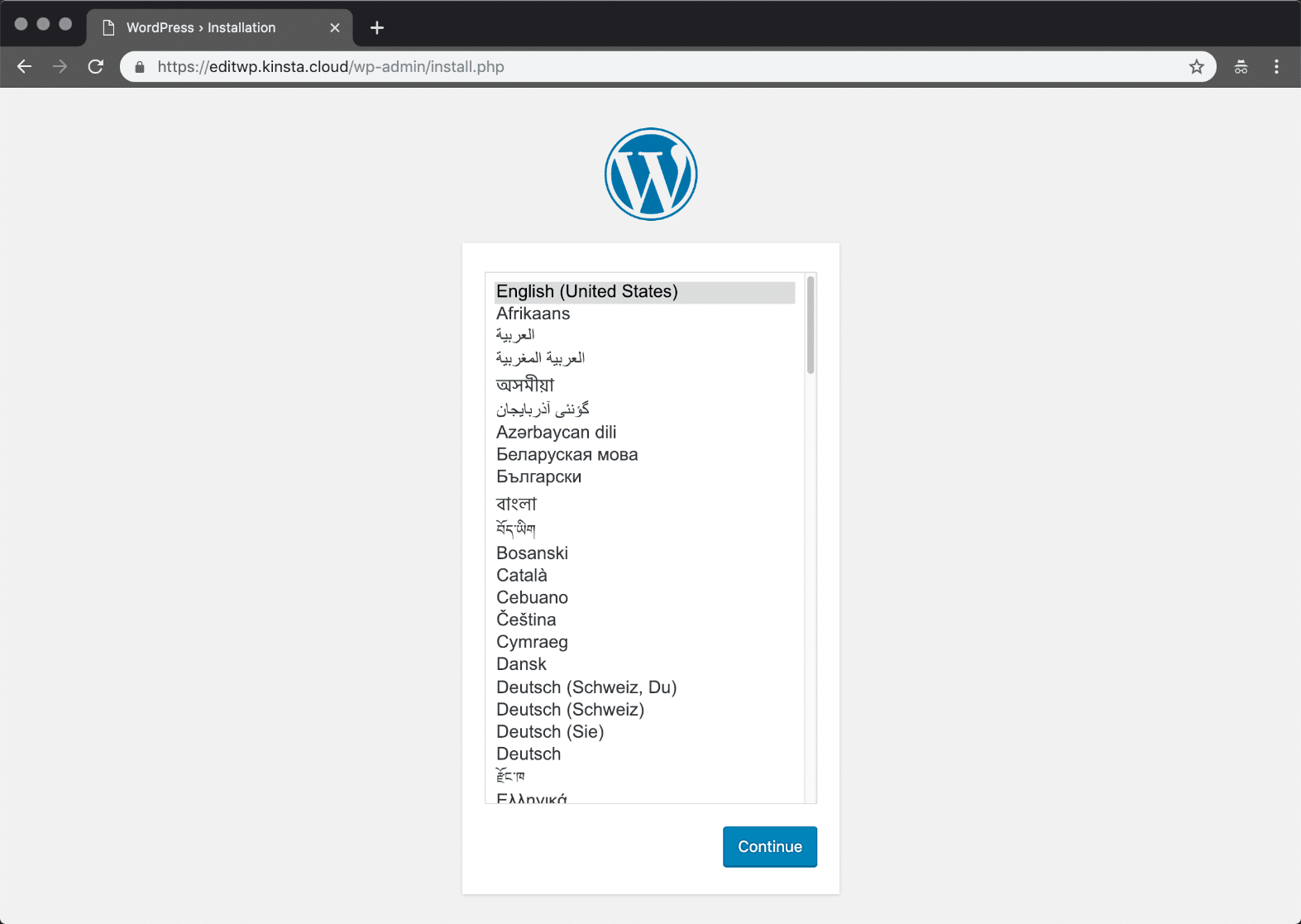
Step 8
Choose your site name, username, and copy down your password to a safe place. Input your email and click on “Install WordPress.” If you’re not wanting search engines to crawl your site yet, you can also enable the option: Discourage search engines from indexing this site. You can always do this later on.
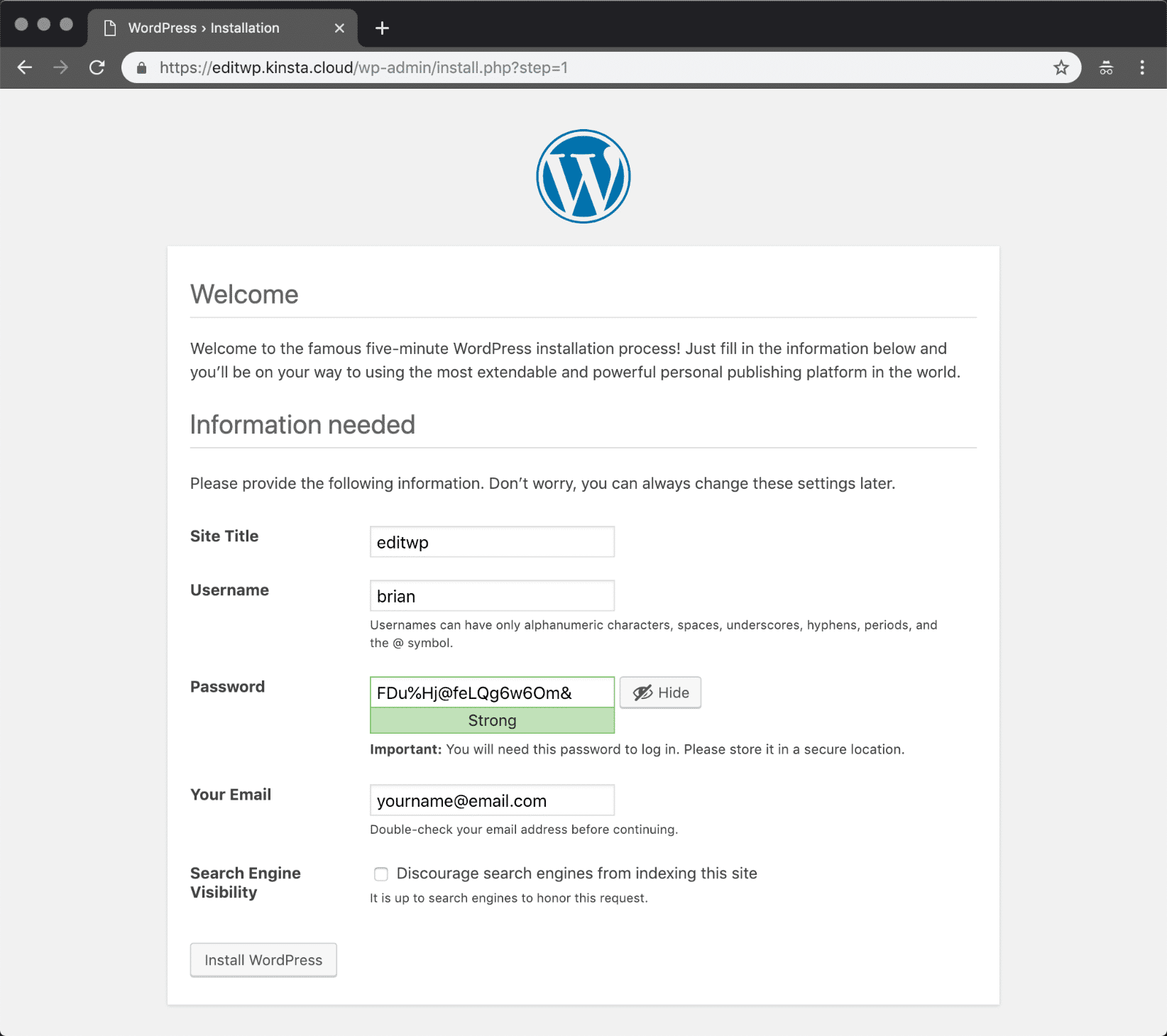
You will see a success confirmation and get an email containing your login URL and username.
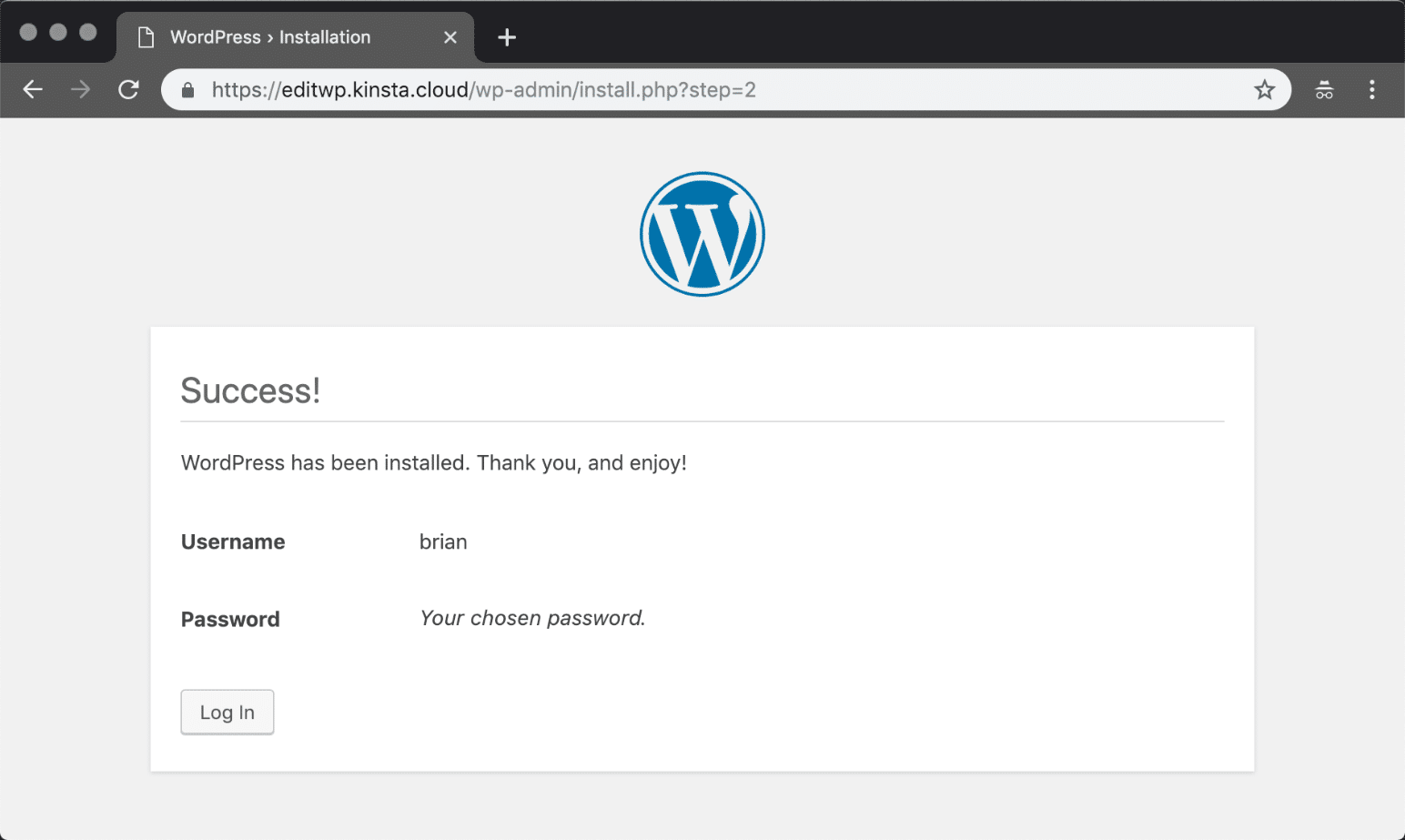
You can then log in to your WordPress site. If you’re using a temporary URL you can follow the additional instructions below on how to change it to your custom domain.
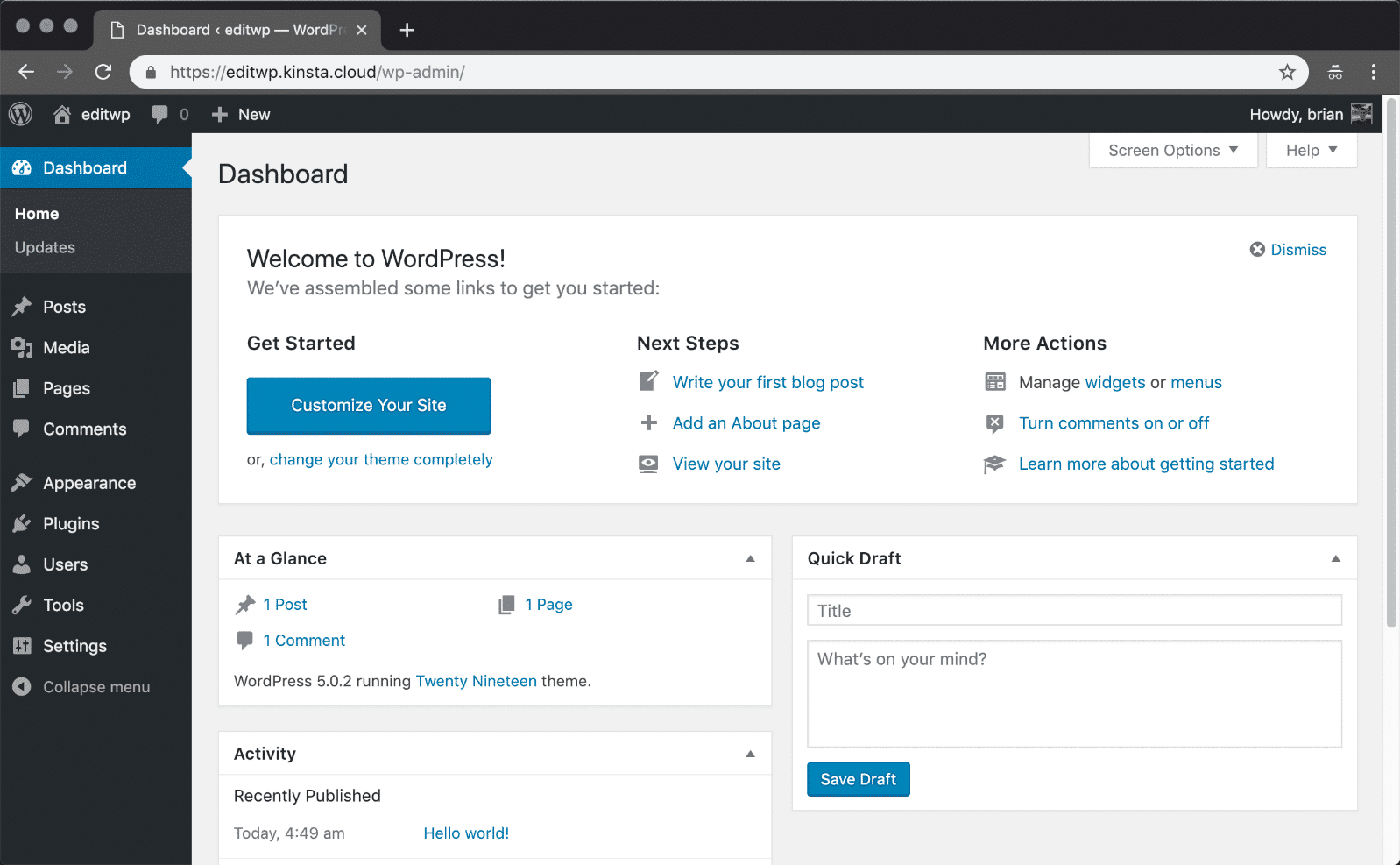
Step 9
The final step is a very important one. Because you manually installed WordPress, you will need to request assistance from our support team to get the Kinsta MU plugin installed. This plugin controls the full page cache, CDN, and other functionality on your WordPress site. Just open up a ticket and our team can get this installed for you.
Replace Temporary URL with Custom Domain
If you installed WordPress on the Kinsta temporary URL you’ll want to update it with your custom domain at some point.
Step 1
Add your domain to the site in MyKinsta, make it primary, and point your DNS to Kinsta.
Step 2
If you’re using HTTPS, install an SSL certificate from the MyKinsta dashboard under “Tools.”
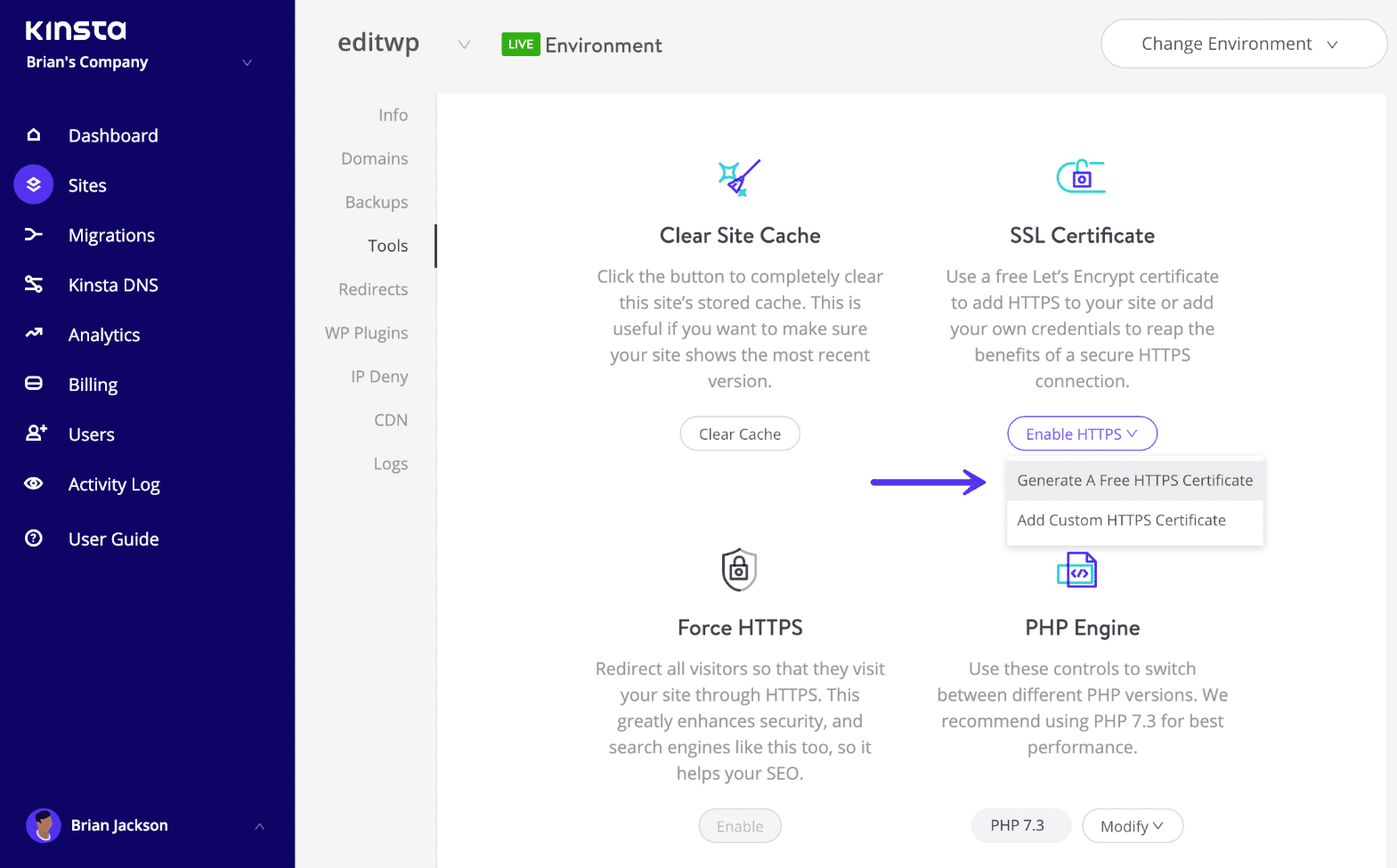
Step 3
Login to your WordPress admin dashboard and go to Settings → General. Then update your WordPress address URL and site address URL with your custom domain.
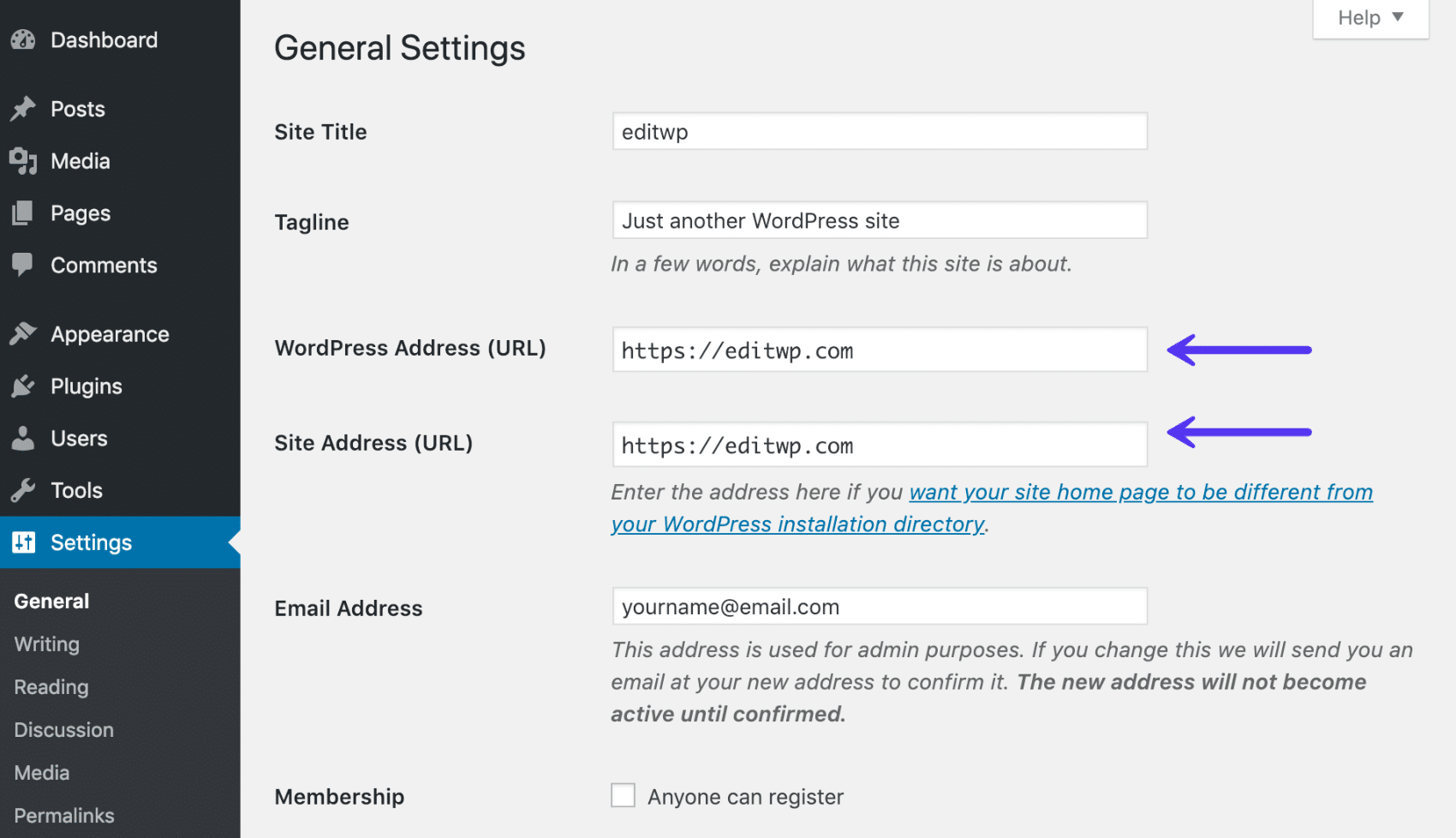
Step 4
If you’re using HTTPS, you will also want to redirect all the HTTP traffic to HTTPS. You can use the Force HTTPS tool to enable this option in the MyKinsta dashboard.
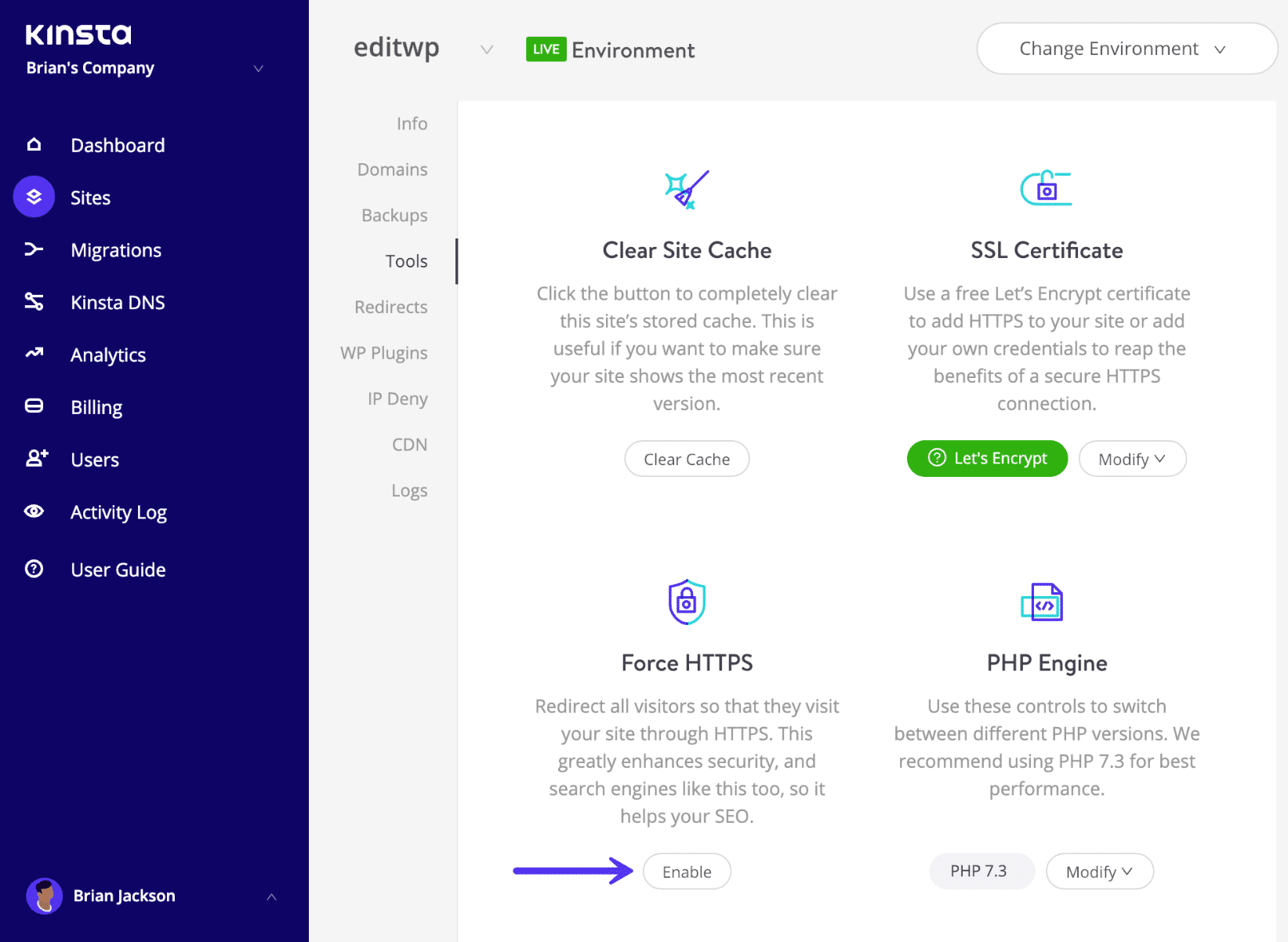
And that’s it! You have manually installed WordPress and your site is up and running over HTTPS with a custom domain.
